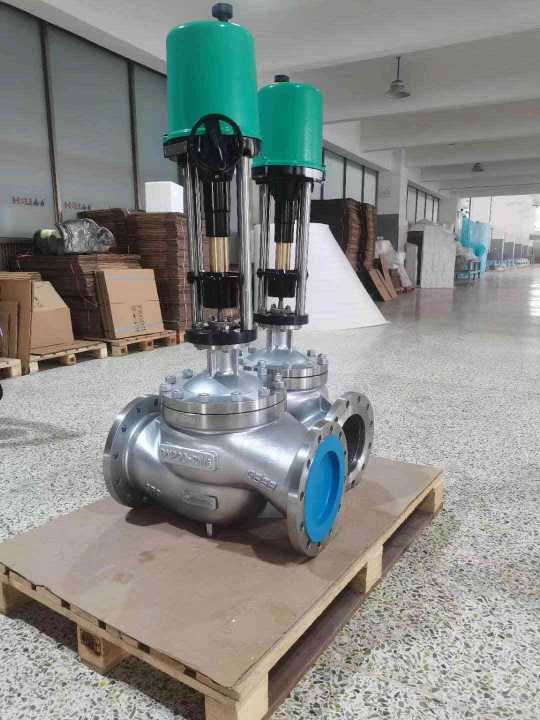Electric single seat regulating valves are crucial devices used in a wide range of industries, including chemical, oil and gas, HVAC, and water treatment. These valves are designed to control the flow of fluids through pipelines by precisely adjusting their opening or closing based on electrical signals. The electric actuator, when combined with the single seat valve design, ensures enhanced performance, offering superior precision and efficiency in fluid flow regulation. In this article, we will explore the working principle, key features, applications, and benefits of electric single seat regulating valves.

Working Principle The electric single seat regulating valve consists of two main components: the valve body, typically with a single seat, and the electric actuator. The single seat design refers to the valve’s seating arrangement, where the fluid is directed through a single orifice when the valve is open. This design minimizes turbulence and ensures smooth flow. The electric actuator is responsible for moving the valve stem, which in turn adjusts the position of the valve plug. When the actuator receives an electrical signal from a control system, it responds by opening or closing the valve. The amount the valve opens or closes depends on the signal’s intensity, enabling precise flow control.
Leave a Reply
You must be logged in to post a comment.